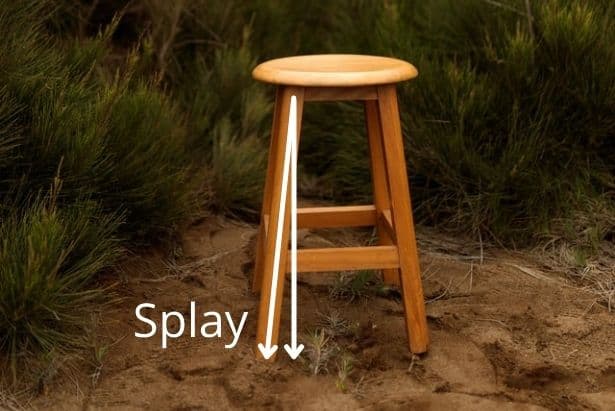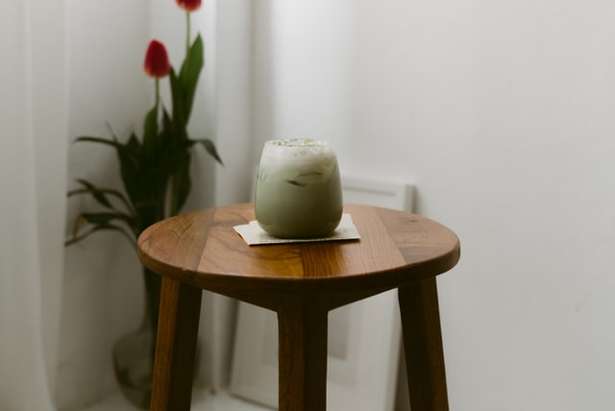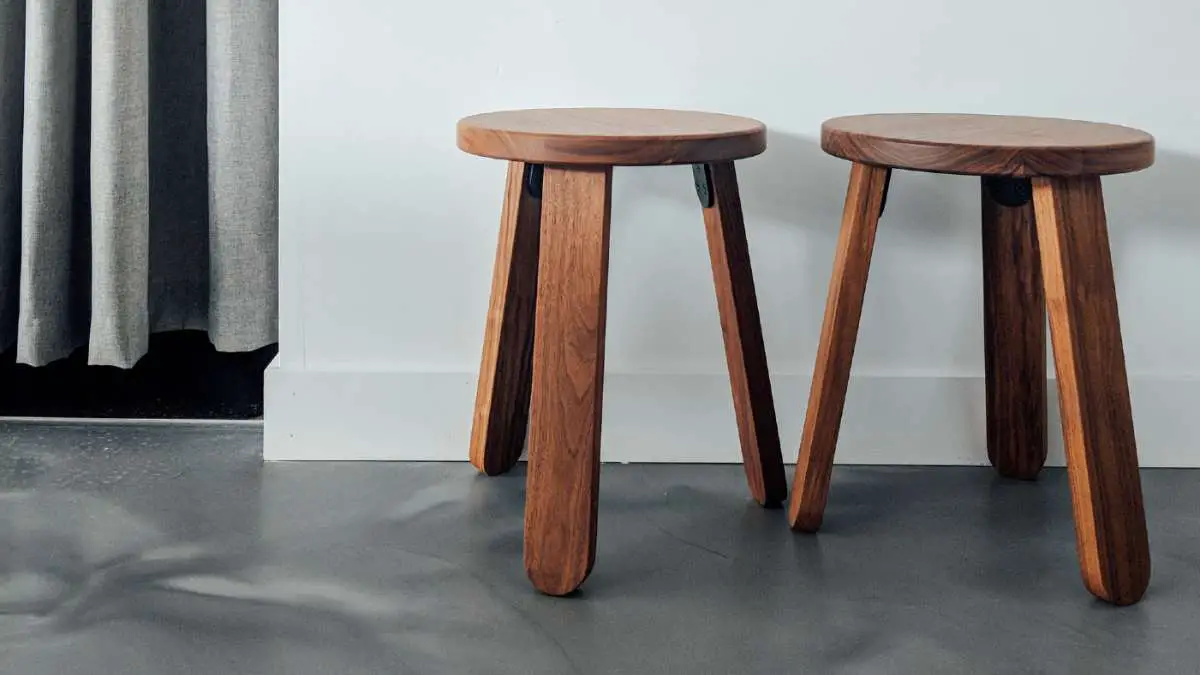I have received a lot of questions about stool legs lately. The topic has been gaining in popularity, and many people are curious about what angle they should make the legs on their stools. To help you out, I’ve put together a comprehensive guide explaining all you need to know regarding the stool leg angle question. So, what IS the best angle for stool legs?
The best angle for stool legs varies from 0 to 14 degrees. Each individual case must be carefully considered to determine the proper stool leg angle. Factors to consider include strength, stability, and weight the stool needs to support.
Have you ever sat on a badly made stool that nearly buckled every time you applied your weight to it? Although it is often tempting to save money and buy the cheapest seats available, stool legs are an important part of a stool that can affect its stability and strength. For these reasons, there should always be a consideration of what angle the leg should be at, as well as the durability and sturdiness of the stool design.
Everyone can tell you what the best angle for stool legs is, but there’s no correct answer. There are many things to consider when looking at the right angle for a stool leg and this post will cover everything you need to know. Let’s go into more detail regarding this question…
What is a stool leg angle?
We need to know what is meant by the angle for stool legs. Imagine that you are looking at the stool from the front side. The angle that the stool leg makes with the vertical is referred to as the splay angle.

However, that’s not the only stool leg angle. This time, look at the stool from the side. The angle that the leg makes with the vertical from this perspective is referred to as the rake. In this post, we are looking at the case where the splay is equal to the rake. That makes sense in the case of a round stool, where the front is the same as the side. This choice makes measurement and calculation easier.
Stool leg stability and strength
There are many factors to consider when choosing the proper angle for stool legs. One of the most important considerations is stability, which is affected by leg splay.
Conventional wisdom says that the wider apart legs are (or the greater leg splay there is), the more stable a piece of furniture is. In fact, it’s true that greater leg splay generally does make furniture more stable.
A stool with too narrow of a stance is less stable. This is especially true if the stool is tall and thin. If you are considering a tall, thin stool be sure to check the leg splay to ensure that it has enough stability for your needs. Thicker stools with a wider stance tend to be more stable than thin stools with narrow stances.
Stools need to be able to support your weight (and anyone else who might use it). The best angle for stool legs means that less force is needed to keep the legs from spreading apart than if the angle was smaller.
The strength of a stool’s legs is directly related to the length and thickness of the wood used; a thick piece of wood, for example, will be far more durable than a thin piece.

Glue for wooden stool legs
Holes are usually drilled into the seat of a stool, and glue fills the hole to hold the seat firmly. The legs themselves should not be allowed to move, as this could cause wobbling or breakage as they are used.
Wood glue, such as PVA (Polyvinyl Acrylate) is a good choice, and the bond will be stronger than the wood itself. That is, the wood will break before the glue joint fails! It might be easier to use hot-melt polyurethane glue for this purpose, and this type of glue is often used in furniture construction. Other good choices include CyanoAcrylate glue (superglue) and epoxy glue.
If a large number of legs must be attached, it is sometimes quicker and easier to use screws instead of glue.
Hardware for stool legs
Working with splay angles can be difficult. Often you need to use a drill press, with the table set to the appropriate angle. There is always the chance that the project will be ruined if the angle is slightly off of the proper value. So, can this process be simplified through the use of hardware?
Note: Some of the links below can be affiliate links. For more information, see the disclosure page.
Yes! you can use the 11 Degree Angled Leg Mounting Plates on Amazon. These mounting plates can be attached directly to the seat, and the legs need not be cut at an angle to be splayed outward.
It’s so easy to use this hardware instead of gluing. It’s just as attractive and takes less time.
Conclusion
The best angle for stool legs is dependent on the exact design and what best suits the designer in terms of aesthetics, stability, and functionality. If you’re planning on using your stool as a seating option, aim for an angle that matches standard kitchen chairs. A steeper angle might be more useful for stools used as a step stool or plant stand.
It is important to choose your stool legs in a way that supports their stability and strength. Whether you are the designer of the stool or the designer of the room that it will sit in, you need to understand how to best choose its construction. The angles for stool legs will make a huge difference in how sturdy your stool design can be.
While it is difficult to say with absolute certainty that one angle is better than others when it comes to stool legs, it seems likely that the most popular angles will be those between 0 and 14 degrees. This places some of the weight on the base of the leg in order to maximize stability, while two straight lines converge to create an attractive and sturdy frame for the chair.
Did you enjoy this post? If so, you would probably enjoy my Pinterest profile. It contains boards with pins about Woodworking, Tools, Projects, DIY, Crafts, and other topics.
Related Posts:
Can I Buy Exotic Woods Online?
Can An Electric Drill Be Used As A Screwdriver?
Can An Electric Drill Be Used As A Sander?
How To Make A Hole In Wood Without A Drill

